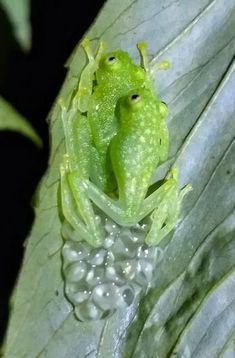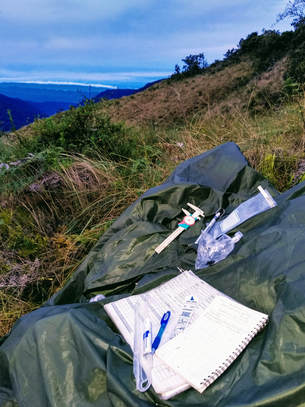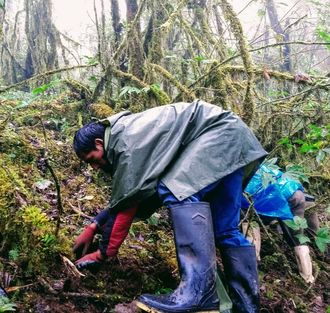


 During the month of March we resurveyed amphibian communities along the elevational gradient in the Kosñipata Valley of southern Peru, near Manu National Park. These amphibian communities collapsed during the early 2000s during epizootics of chytridiomycosis, as we have previously documented. Our previous surveys compared anuran communities observed in 2008 and 2009, after chytridiomycosis invaded the valley, with those observed from 1996 to 1999, when we started working in this region. Furthermore, there are rich specimen collections made by teams of the Smithsonian in the early 90s, and Kansas University in the early 70s, which further document the diversity of anuran communities prior to epizootics of chytridiomycosis. Nine years after our last comprehensive survey (2009), we decided to return to the valley and re-sample the same localities from 1200 to 3700 m.  Our previous comprehensive surveys in the wet seasons of 1999, 2008 and 2009 consisted of two approaches: surveys of leaf-litter frogs using 10x10m quadrats, with four quadrats within each 100-m elevational band; and nocturnal surveys along the road that connects the mountain pass of Acjanaco at 3400 m to the town of Chontachaca at 900 m. We returned to the same sites along the road, and repeated the same sampling design during this last wet season. Our field crew included students and recent graduates from the University in Cusco, along with field assistants from the nearby town of Pilcopata, including two people who had already participated in previous surveys. We were able to sample all 100 leaf-litter quadrats (each takes about 2 hours to complete by three people), and to survey at night at elevations up to 3100 m (above 3100 m, nocturnal surveys are not effective because few frogs are active at night).  We captured over 600 frogs over the course of three weeks. Ccommunities of arboreal and stream-breeding frogs observed during nocturnal surveys continue to show a substantial deficit in species richness (see graph). Our data are preliminary because we still need to compute sampling effort, but the snapshot shows a slight recovery in species richness. This pattern is corroborated by "rediscoveries" of a few species that were abundant in 1999, but absent in 2008 and 2009. However, our preliminary data also suggest a decrease in frog density, and confirm that most species that disappeared from 2000 to 2008 continue to be absent from the valley. We will next process swab samples to examine how infection dynamics have changed over the years. In the years following the epizootics of the early 2000s, prevalence varied widely along the elevational gradient, with populations at mid elevation (1500-2000 m) most infected by the chytrid fungus. We are especially interested in studying current infection patterns in species that have persisted despite being susceptible to chytridiomycosis. Understanding how susceptible species are able to persist and even recover despite the continuous presence of the pathogen may help develop strategies to mitigate the negative effects of the fungal disease on amphibians.
0 Comments
Leave a Reply. |
Archives
June 2024
CATENAZZI LABNews from the lab Categories |